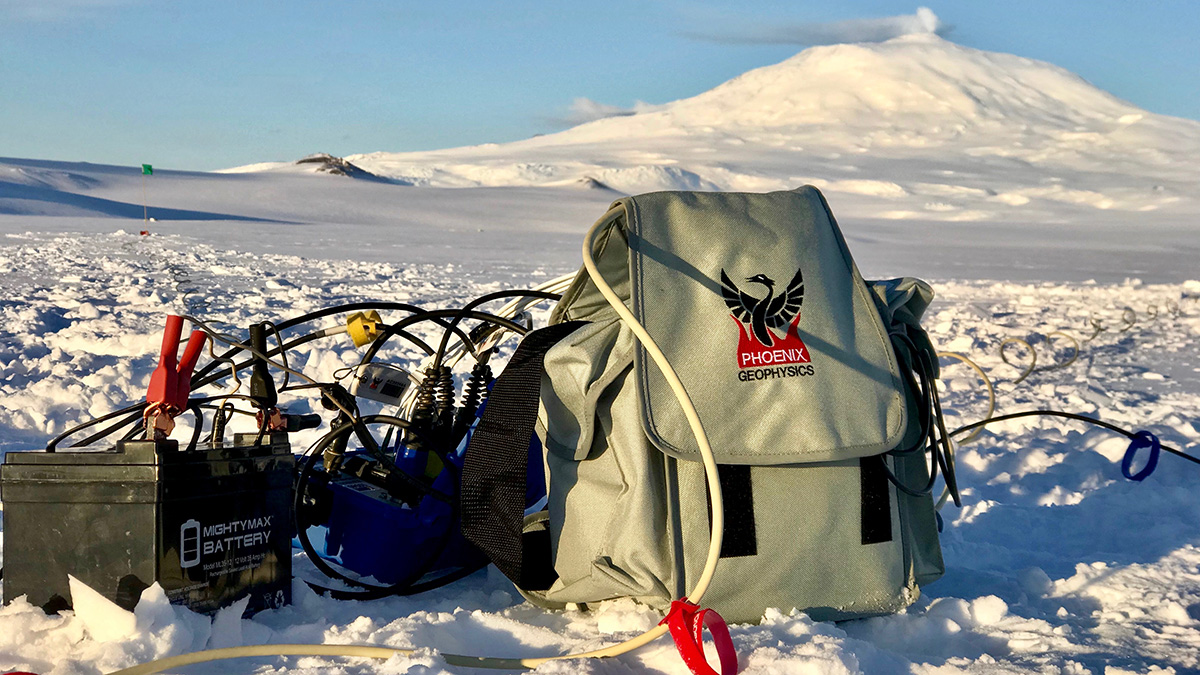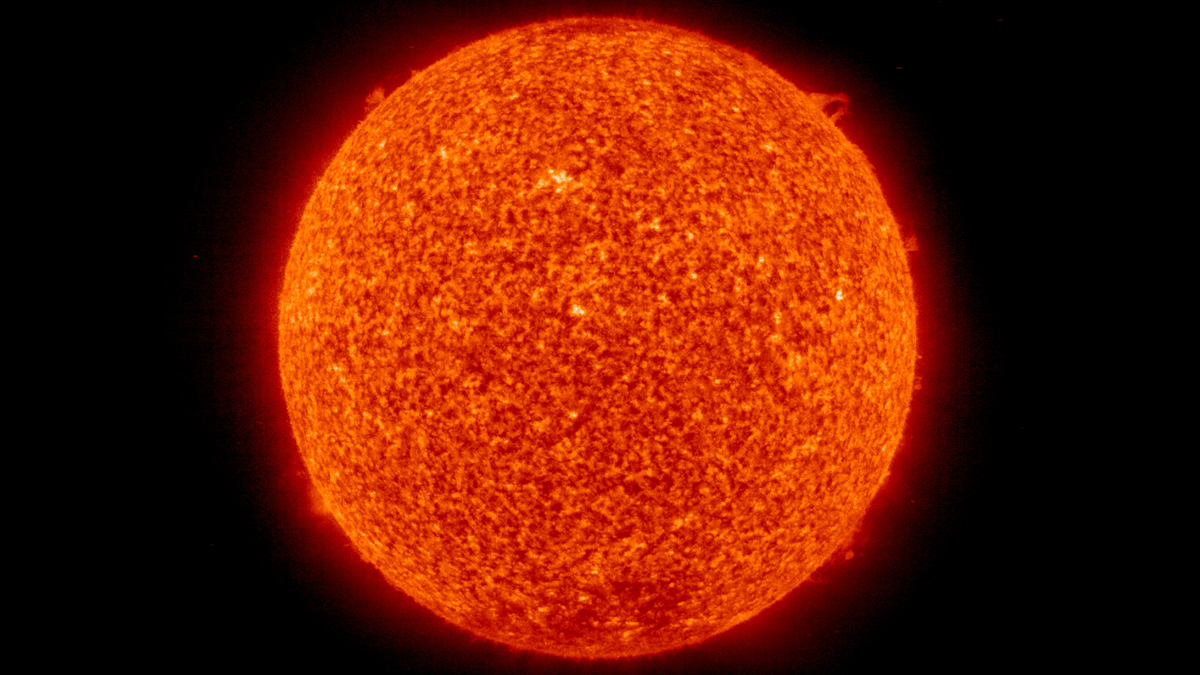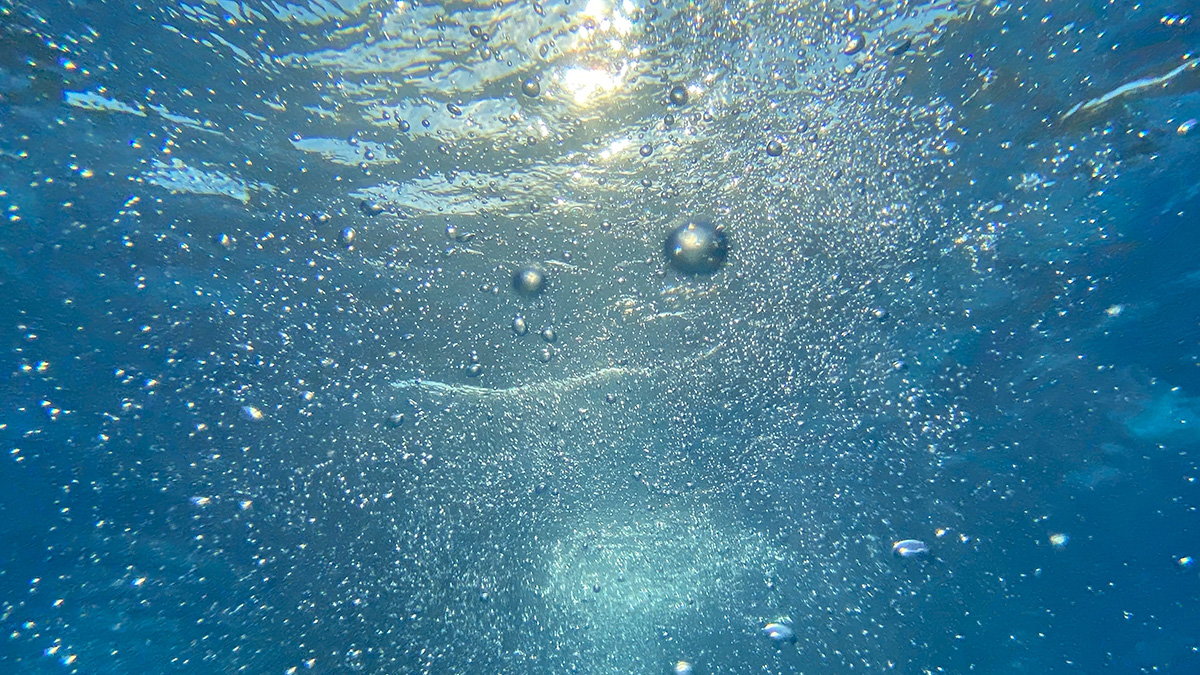Researchers are combining hard-to-get field measurements with satellite imagery to gain new insight into where peatlands are and how they work.
News
Zhurong Rover Spots Evidence of Recent Liquid Water on Mars
The Chinese rover identified hydrated minerals—likely associated with groundwater—in sediments dating to the Red Planet’s most recent geologic period.
Massive Groundwater Systems Lie Beneath Antarctic Ice
Scientists are updating ice stream models to understand the ways in which deep groundwater systems impact ice flow.
The Sun Bakes Wildfire Smoke, Changing Its Toxicity
A new study questions the narrative that dilution is the solution to pollution.
Why Did Sunspots Disappear for 70 Years? Nearby Star Holds Clues
Five decades of data revealed a star undergoing a pause in magnetic activity similar to what the Sun experienced almost 400 years ago.
Loss of Ocean Memory Has Implications from Forecasting to Conservation
New research indicates climate change may thin the mixed layer and contribute to a reduction of sea surface temperature anomalies.
Newly Discovered Lake May Offer a Glimpse into Antarctica’s Past
Scientists dive in—metaphorically—to Lake Snow Eagle, only recently revealed through ice-penetrating radar.
Fossil Fuels Drive Increase in Atmospheric Helium
After decades of uncertainty, scientists have finally shown that fossil fuel extraction has flooded the atmosphere with 4He.
A “Dam” in the Corona May Make the Solar Wind Gain Its Unusual Speeds
A new study supports the idea of a “helicity barrier” influencing the fluctuating stream of interplanetary plasma.
A Community-Led Landslide Prediction System in India
In a first-of-its-kind disaster prevention initiative, a meteorology-based landslide prediction system was developed as a crowdsourced science effort.










